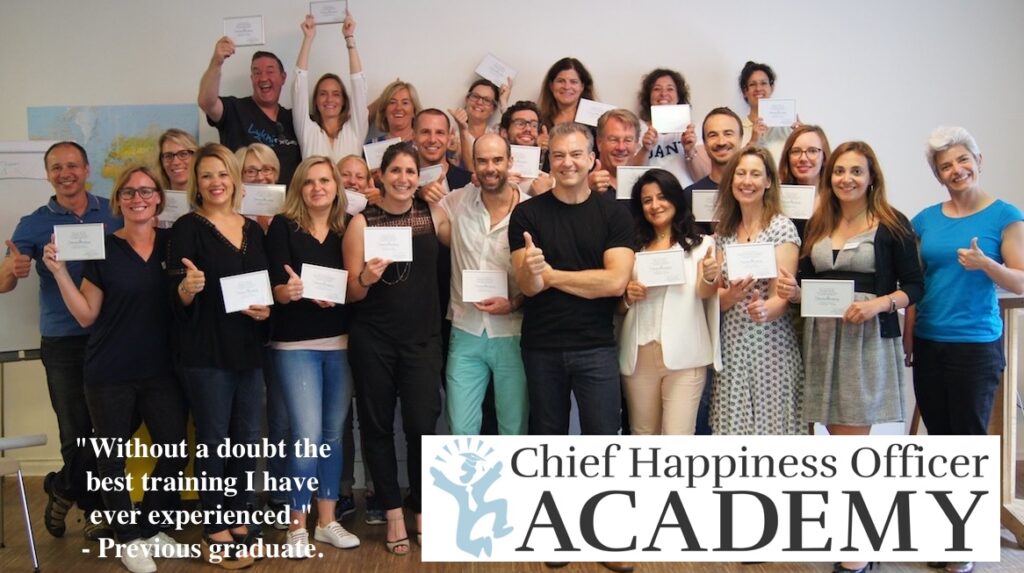Harrison Owen wrote a brilliant summation on OST on the open space mailing list, which covers the origins, history and current status of Open Space Technology.
The ending contains a wonderful challenge to all of us who know and use open space, and has certainly started med thinking about what the next step will be. Here is the entire text.
It all started, as is usual in such cases, with a conversation. Last week in the Twin cities (Minneapolis and St Paul, Minnesota) courtesy of the Human Systems Dynamics Institute, the focus was on Peace. Or more exactly: The Practice of Peace. And of course, we talked a lot about Open Space Technology. Somewhere along the line, the question was raised about the long and short term impact of OS in organizations. The usual stories were told and typical rationalizations offered. As I listened to the interchange it occurred to me that just maybe we were approaching all this from the wrong end of the stick. Instead of thinking and talking about what OS did, could do, and had done – it might be useful to turn everything on its head. What were/are the limitations? At that point the phrase, “It’s only a halfway technology” came to mind and tumbled out of my mouth without benefit of serious thought. I have been trying to figure out where it came from and what it might mean ever since. Needless to say, could use some help – but this is as far as I have gotten.
I take it as a given (I do believe in “givens” – but for me they are just arbitrary starting points) that after thousands of iterations in multiple countries with a myriad of group sizes and constituents that Open Space Technology “works.” It works at a formal level (sit in a circle, create a bulletin board, open a market place – and go to work) and also at a substantive level – real issues find real solutions in real time – most of the time. It also seems to “work” over time in that groups that have used Open Space once will often use it again because they find it productive and fun. It also seems to work at a transformative level with the organizations and individuals involved. Specifically, behaviors and expectations do change post usage. Not always, not everywhere, but often. At the very least, individual participants will have a different understanding of their potential. No longer robot drones, tightly controlled by a dictatorial management – they find a real place for their own passion(s) and responsibilities – which translates into heightened respect for themselves and their fellows, along with (usually) an increase in trust and a growing sense of hope for the future and their own future. How long all of this lasts varies with the situation, for it seems to be true that human beings have a strange masochistic streak which drives some back into the same old miserable conditions. However, even those who choose to go back in their boxes for whatever reason will always know that an alternative exists. And that knowledge is not some abstract theoretical proposition, but rather is founded on the bedrock of all knowledge – experience. They have been there, and try as they might, they will never go home again. All of that – so far as I am concerned is a given.
Stepping back from the heat of the fray for the moment, and knowing what I know about the power and duration of cultural forms, paradigms, ideologies, and organizational patterns, it is totally remarkable to me that Open Space Technology ever happened as anything more than as two martini inspired happening for a New Age meeting now almost 20 years ago. That it continues in any form at all is even more remarkable. First the obvious – Open Space Technology violates virtually every principle of meeting management and organizational design and operation that I know of, and doubtless many more of which I am ignorant. Anybody with a right mind and proper academic credentials, to say nothing of boots on the ground experience in organizations, would know the OST could not happen. More to the point, it should not happen. OST is in truth a Trojan horse snuck into the City of Control. It is a threat to every MD and CEO who feels they are in charge and intends to remain so. By all rights, to say nothing of all that holy, true, and beautiful, OST must be banished. And if not banished, then ignored.
Walk into any business school, review all current and past “serious” literature on Organizations, check out any Department of Human Resources – and if you find a trace of Open Space Technology, it is a rare day indeed. Given (there is that word again :-)) the current infatuation with self-organizing systems, new management approaches – all driven by a growing realization that much in the organizational world is dysfunctional, this is an odd situation. The world is too complex, too fast moving, too overwhelming for the organizational life forms which had their genesis in the early days of the last century – when life seemed infinitely slower, simpler, and controllable. We need some alternatives – but it would seem that Open Space is not to be considered.
I am not suggesting that the ignorance of OST has been conscious, but it is definitely understandable. Were it to be taken seriously, any number of tenured professors at the leading institutions of organizational learning would have to radically revise their life work. Middle management would move
from the status of Endangered Species to that of Extinction (or close). And all those senior executives would find the view from their Corporate Towers profoundly altered. Perish the thought! The strategy is clear. Just pretend that OST doesn’t exist. And when, despite all best efforts, space is opened
– make sure you have all the embarrassing questions handy. For example: Has Open Space Technology ever engendered a long term effect to the point that organizational life is transformed in some significant way?
Forget about the fact that no “change process” is guaranteed. You may also forget the fact that virtually all aspects of current organizational structure are designed to insure that space will never be opened. We have boxes and silos and strict lines of authority and responsibility. No open space allowed. And yet there is Us. That funny global community of Open Spacers.
From most points of view, and most of the time – most of us would not think of ourselves as an organization. However, when looked at over time in terms of duration, product, impact, membership, and activities, I believe we might just qualify. Millions of people around the world have experienced our
services. Thousands of people have been engaged in the delivery of those services (in another situation you might call them franchised agents but the franchise is for free). Local, national, and international meeting have regularly taken place. Funds have been generated at some significant level through the provision of services (OST makes money!). A core, albeit constantly changing, group provides virtually instant technical advice and support (OSLIST). Multiple websites are maintained to supply general information and support to practitioners. Hundreds of training programs have, and are being offered globally. And – last but not least – we have been in business for almost 20 years.
Of course, there was never business plan, organization chart, constitution and bylaws, and not an executive nor executive committee in sight. Now it may be observed that we do have Four Principles and One Law, but none of that came from a committee, nor have they ever been ratified by any
constituent body. Both Law and Principles just seemed to show up along the way as observations of current reality, but not as prescriptions for behavior. Actually, all they do is instruct us to do what we were going to do anyhow. It is true that many on the outside (if there is an outside) would view the law and principles as illegal, immoral and fattening at the least, and probably subversive. We just know they feel good – and eliminate all the guilt. Some kind of an organization this is???? Shouldn’t have happened – but it did. More amazingly it all works. Well, most of the time.
So what is the point of all this apparently self-serving reflection? One might assume that the intent is to justify, or perhaps glorify, Open Space Technology. But it is absolutely clear to me that the magic has nothing to do with Open Space Technology. My contribution was to allow the spirit of two martinis to take me to some new/old interesting places. And our collective contribution has been to explore those spaces and share our findings. But we didn’t create a thing. It was already there, now called self organization. As a matter of fact it had been there for billions of years. We just hadn’t noticed. In a word, we have experienced a marvelous blinding flash of the obvious, and in the process may have come to realize what we already are.
And now – at long last – back to Open Space Technology as a halfway technology. A halfway technology, in case you don’t know, is something you do just to get started. It may seem grand and glorious, not to say wonderful and elegant at the beginning. But over time the true colors appear. It is
just plain clunky. Why on earth should it be necessary to sit in a circle, create a bulletin board, open a market place – just to be what we already are? Seems like an awful lot of wasted effort, useless work. We have been accused with some justification of inventing the ultimate scam in which the client does all the work, and even writes the report – while we do little or nothing. I find myself wondering how to radicalize all this – so that we totally go out of business. All being. No doing.
I don’t expect the answers immediately, or even tomorrow. But it could be fun to think about.



Leave a Reply